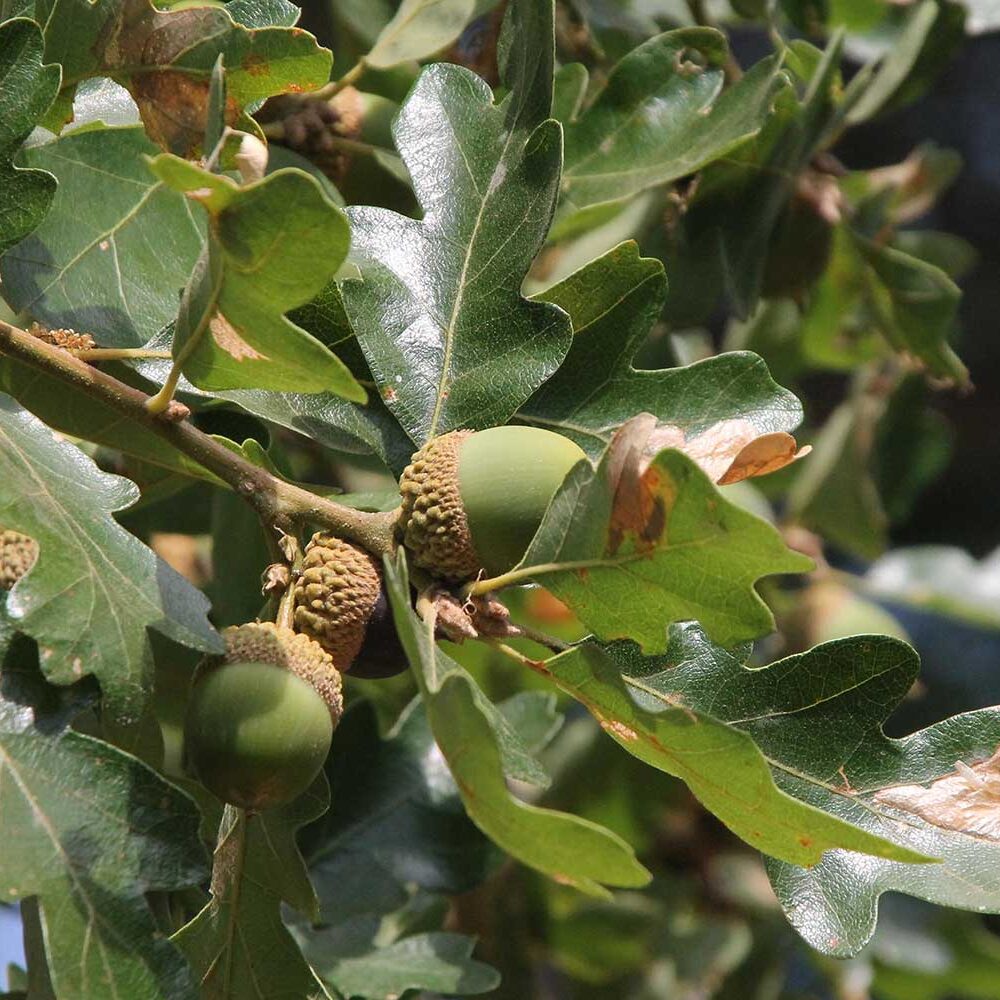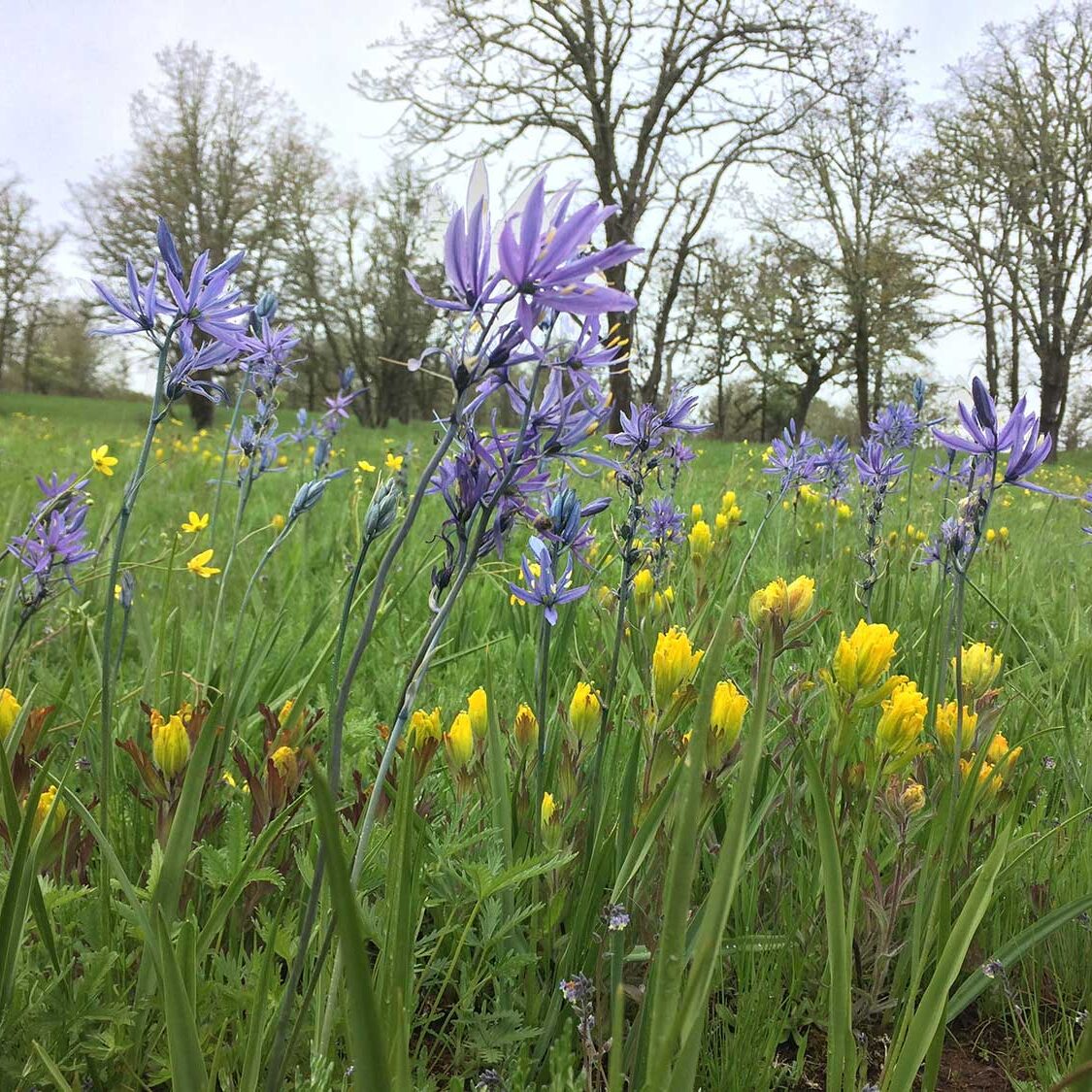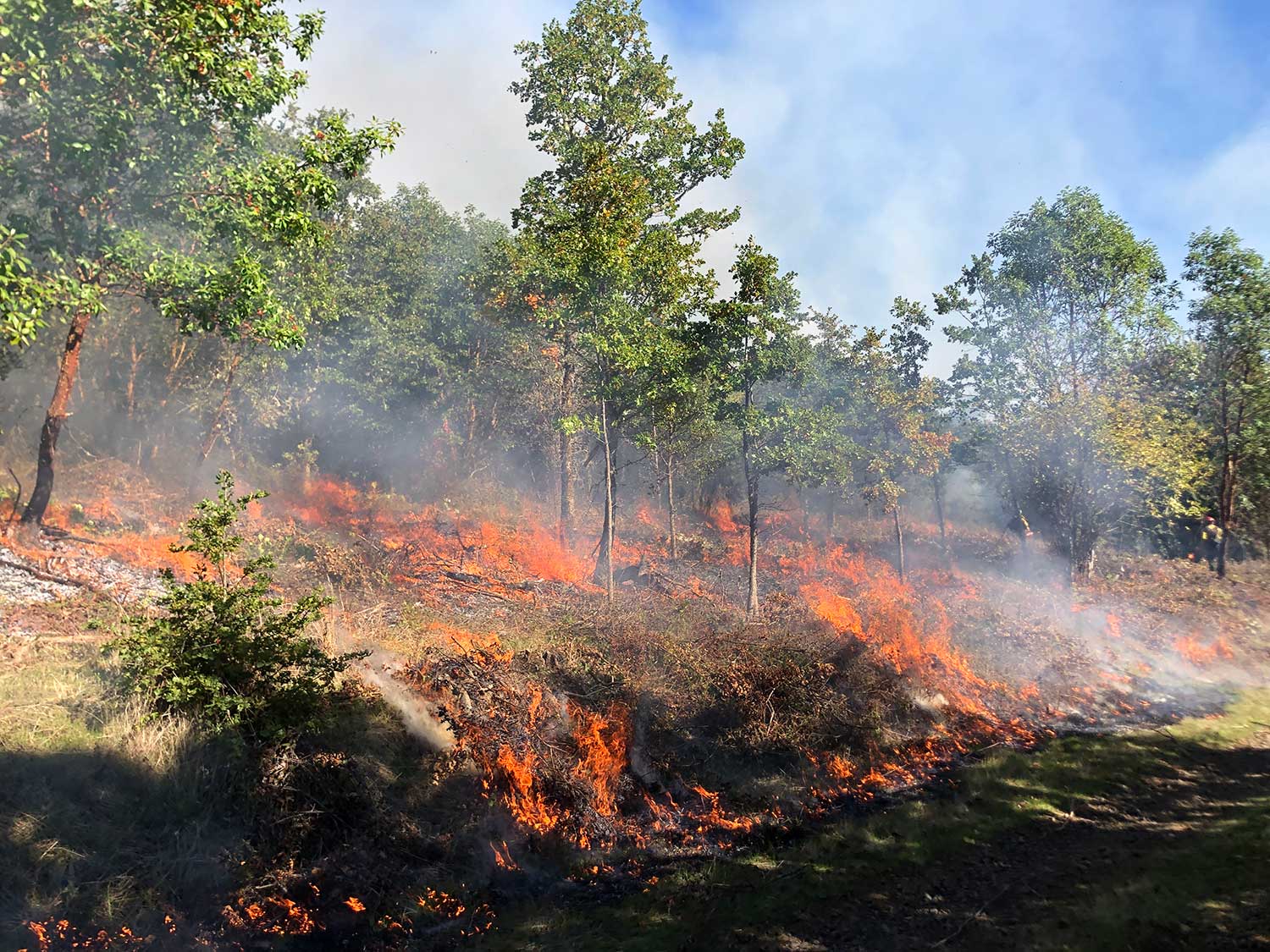Ecocultural burning
Oregon. Credit: NRCS
Oaks and Indigenous people of southwestern Oregon and northern California are intertwined together.
The importance of the oaks is shared through ancient stories, tribal and family traditions and ceremonies, and on-going connection to the landscape today. The oak savannah landscape provides food, medicine, cultural, and utility resources for the tribes. The interaction between the tribes and these environments is critical for honoring their ancestors, supporting subsistence resources and first foods, and providing these culturally beneficial uses for future generations.
Indigenous Traditional Ecological Knowledge (ITEK)
The term Indigenous Traditional Ecological Knowledge (ITEK) refers to the Indigenous interrelationship with the landscape. This usually conflicts with concepts of conservation that emphasize a “hands off” approach to human interaction with the land. The Indigenous relationship is built upon ancestral knowledge and a sense of place and its biodiversity. This knowledge has been passed down from generation to generation through oral traditions, customs, and practices. From the tribal perspective, this relationship is reciprocal. The Indigenous people have a sense of responsibility to ensure there is wise stewardship of their ancestral lands, and the first foods, including acorns.
An important Indigenous element of ITEK in this region is the use of fire to keep the savannas open, reduce disease, improve wildlife habitat, and increase acorn production. Early contact records extensively document tribal use of fire. The “Eden-like” landscape described by early European settlers in the Willamette Valley, mistaken by many for untouched wilderness, was in fact carefully tended for millennia through sophisticated methods including cultural fire.


Time-proven method for enhancing oak habitats
Fire was, and continues to be, important for the interrelationship between oaks and other plants, wildlife, and the people. The oak understory included native grasses and additional first foods such as camas, mariposa lily, brodiaeas, tarweed, and wild celeries, to name a few. Carefully applied, low- to moderate-intensity Indigenous burning is a time-proven method for enhancing oak habitat, helping to maintain healthy oak density and reduce competition from other trees, such as Douglas fir, which often overtops and kills off oaks if left unchecked by fire. Burning can help improve wildlife habitat for deer, elk, and other game. Seasonally-applied fire can also reduce the occurrence of the larger, more destructive wildfires.
Fire and the relationship with the landscape


Multi-generational Care
The stewardship of oaks, water, and other ecocultural resources through multi-generational care is a top priority for tribes today. However, there are many barriers to the use of ITEK on the landscape, including lack of access to ancestral lands, and pollution and contamination that impact access to and use of first foods and other resources. Tribal involvement in ITEK practice is a foundational element. This includes cultural fire practitioners and tribal community involvement. It is important to include tribal people tied to their ancestral homelands. Often ITEK is tied to a seasonal round of activities that may involve multiple interactions with the landscape.
It involves seeing a bigger picture of place instead of land tracts within property boundaries. It can include large areas such as watersheds, firesheds, or multiple ecoregions, each with their own unique characteristics. From an Indigenous perspective, these are all inter-related to the traditional and modern way of living. It can be families and their generation to generation use of the landscape as well as tribal and inter-tribal gatherings and stewardship.
Oak stewardship guidelines by topic
Below you will find desired conditions representing a characteristic of a healthy, functioning oak ecosystem from the “Restoring Oak Habitats in Southern Oregon and North California: A Guide for Private Landowners” developed by the Klamath Siskiyou Oak Network in collaboration with the Umpqua Oak Partnership. They also present guidelines to help you achieve each desired condition, and these guidelines can be applied to oak savanna, oak chaparral, oak woodland, and mixed oak-conifer habitats.
